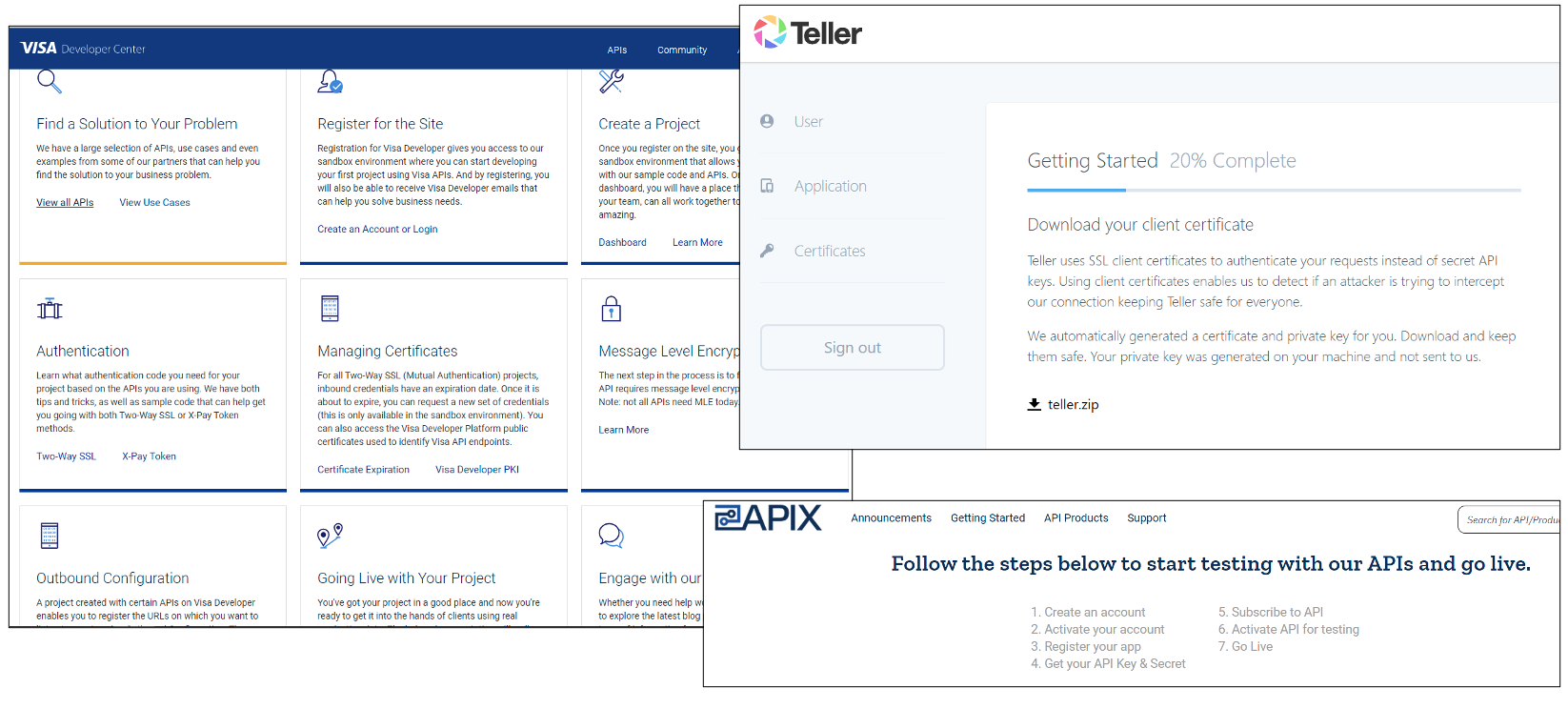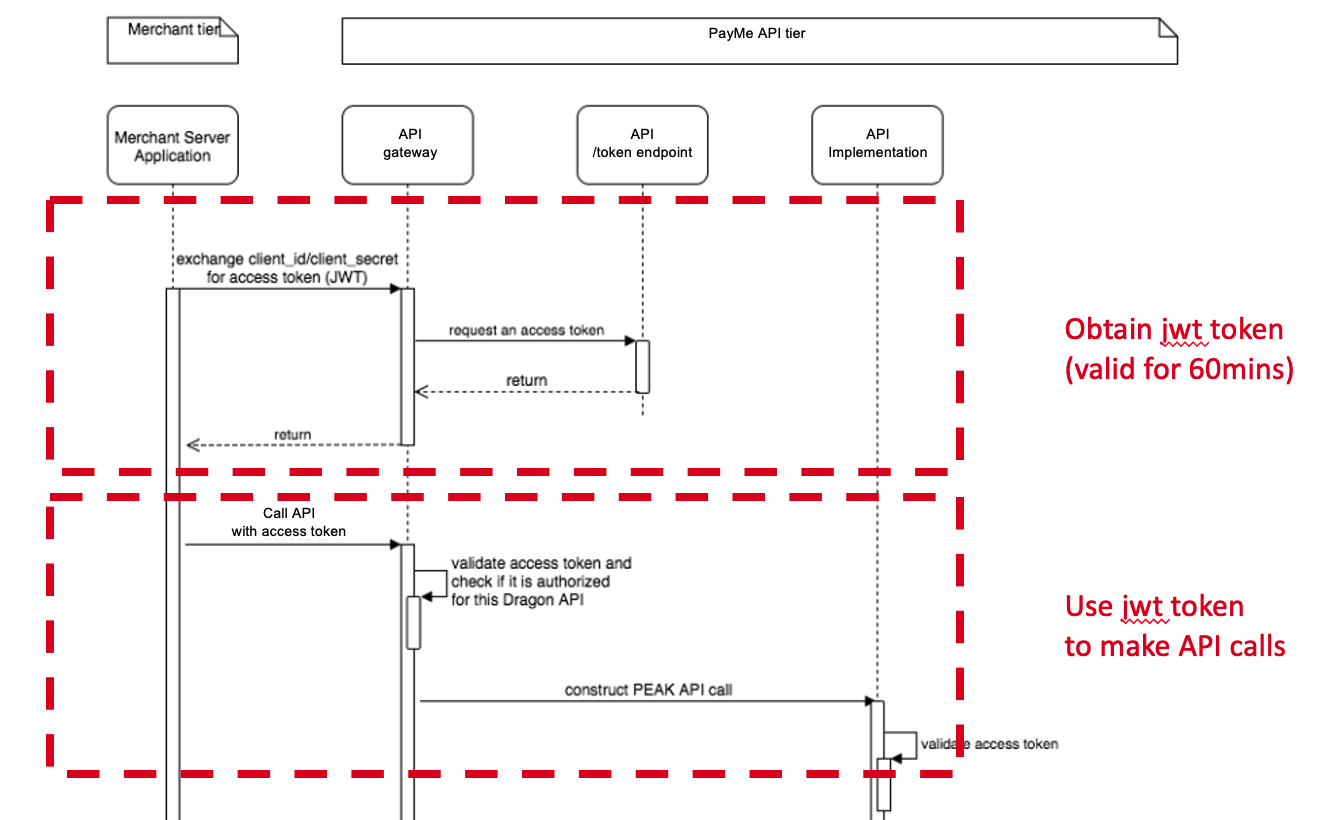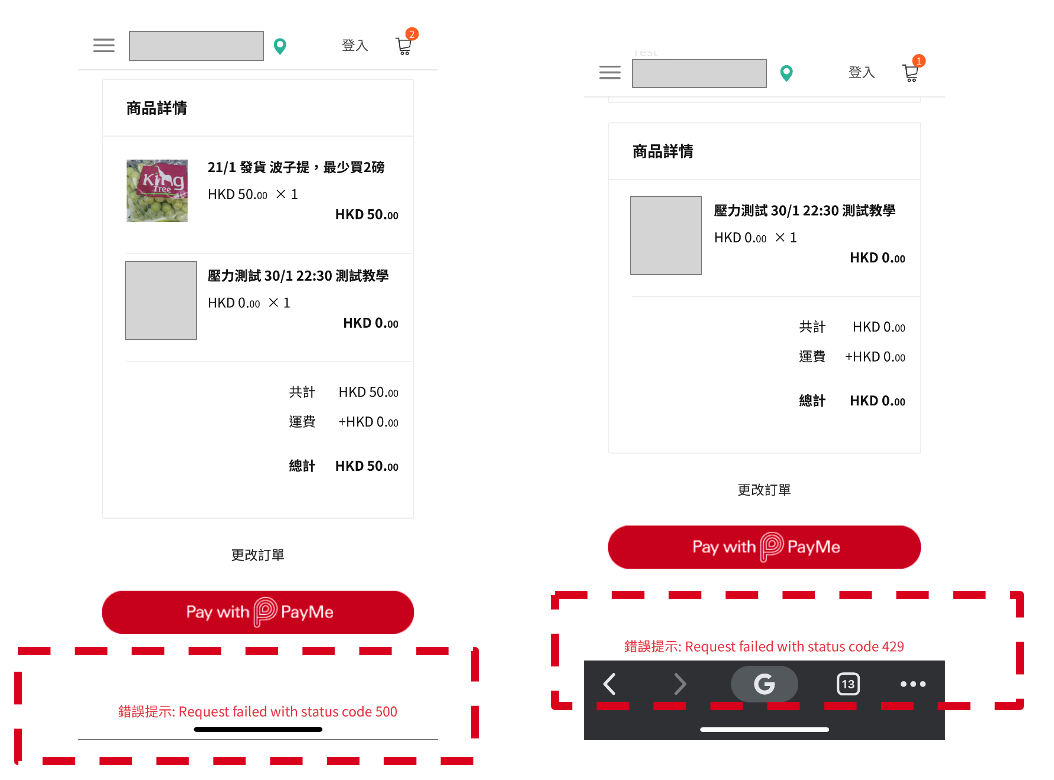Building an API ecosystem
23/Sep 2020
This is the writeup of a session I delivered at both the Hong Kong Computer Society EASIG Seminar and Cloud Expo Asia. It’s about how, at PayMe, we started by creating an API product but realized our goal should have been to build an ecosystem instead.
What is PayMe
Wikipedia makes a decent job of explaining it: https://en.wikipedia.org/wiki/PayMe, although it’s a bit light on the products that are most relevant to this post: API and POS.
For the first two years of its existence, PayMe was a closed-loop payment network: only people with PayMe could send and receive payments, only merchants using PayMe for Business could collect payments from PayMe users.

This kinda of changed when we joined the Hong Kong FPS (Faster Payments) system in 2019: PayMe users could send money to, and receive money from, other banks and SVF, and PayMe for Business merchants could be paid by non-PayMe users using other FPS-compatible apps and wallets. But that was not enough.
Delivering an API product
We realized pretty quickly that you can’t reach economies of scale if you do all by your own (that’s a lesson some big companies – Microsoft for example – have executed very well in the past few years).

So we built a nice developer portal, with information about our API, how to integrate with them, how to use them… and a number of Hong Kong startups (like SHOPLINE, Boutir, Posify, MonsterApp, and many more) started to work with us to add those APIs to their product offering.
Now we had a portal with all the technical documentation, but how what do we tell to a 3rd party company – that either come to us or that we reached out to – when they ask “how do we proceed to use your services via API?”. Thankfully, we were not the first to do so :) There are plenty of developer portals/ API portals around that list their “path to live” steps.

We settled on a 7-steps process:
- Create dev portal account
- Choose the API you want to use
- Get API key & secret
- Integrate (auth, certs, msg encryption & signing, …)
- Test
- Go live (profit! ;-)
What we overlooked
Once our first integrations were live, we realized we oversimplified one very important step from this list, and completely overlooked another:
- Monitor your users
- Test
Let’s explain what those are with some examples.
Monitor your API consumers
You need to monitor your API consumers, as in: monitor how they use your APIs (call patterns, etc).
This is important for you to be able to verify that:
- your APIs are used as intended
- your APIs usage is appropriate
As an example, the PayMe APIs work in a way that the consumer need to first call a /token endpoint, exchanging its credentials to obtain an JWT token, and then use said JWT token to call the actual /payments API endpoint.
The JWT token has a certain validity, so that the API consumer can make many calls to the /payments API using the same JWT token within its validity period.
When the JWT token expires, a new JWT token must be obtained again from the /token endpoint.

Because of this design, we expected to receive many more calls to the /payments endpoint than we expected to see on the /token endpoint.
But our monitoring picked up that, for a specific API consumer, this was not the case: we were receiving the same number of calls. A quick look at the actual traffic confirmed that the API consumer was obtaining a new JWT token for each API call.
In this case, monitoring helped us to catch an instance where our APIs were not used as intended.
–
Another example: the PayMe API allow a consumer to receive webhook calls. A Webhook is an https call that the PayMe system make to the API consumer system, to notify about events that have happened. For instance, an API consumer may register to receive a webhook call when a PaymentRequest has been paid, eliminating the need for polling.
Because of this design, we expected to receive very few (if not zero) calls to the GET /paymentrequests/{paymentRequestId} endpoint, because the result of a payment would have already been sent to the merchants via webhook, the moment it happened.
But our monitoring picked up that, for a specific API consumer, this was not the case: we were receiving a burst of GET /paymentrequests/{paymentRequestId} calls immediately after each PaymentRequest creation.
In this case, monitoring helped us to catch an instance where our APIs were used inappropriately (semantically, the API use was correct, unlike in the previous example. But there was a better way - webhooks - to perform the same function).
Test is more than ‘does it work?’
Having a set of positive and negative test cases, and run them to make sure all user journey ‘work’ is certainly important.. but it’s not everything.
It is also very important that you check:
- are branding assets in the right place, in the right format?
- is error handling implemented adequately?
This is important to address reputational risk. Your logo is likely to be present in the partner’s service screen, in some case very prominently (like in the below screenshots).

In this case, the specific error code (500, 429) was surfaced to the user, with no indication about what the next action (from the user perspective) would need to be… a better implementation would have hidden the technical error codes from the user, handling a 429 with a retry, and providing a better wording for the 500.
You want to make sure all aspect of the journeys implementation, including error handling, are done right… because if something is not right, the user is very likely to associate the issue with your brand, not with the 3rd party service.
From Test to Certification?
We found useful to think in term of certification rather than testing, as a precondition to go-live.
We want out API consumers to meet our non-negotiable baseline for service quality (which include aspects other than just “does it work?”) before we allow them to provide our service on their platforms.
Of course, this raise a new challenge, which is to determine how much effort should the certification process be.
A startup have a higher risk appetite, and usually less resources (people, money) to dedicate to this certification… so it’s our responsibility, as the most risk-averse partner, to create a certification process that does not discourage partners from wanting to integrate with us.
Even better if
The above is just table stakes, you have to do this if you want to be successful in delivering an API product.
But nobody is in the business of delivery an API product!
We all are - us and our API consumers/partners - in the business of providing a product to our end customers.
So the best approach is to work together with your partners, as in:
- your API consumers are your partners, not your customers
- Look for win-win solutions:
- It’s not “my service”, “your service”, … it’s “our service”
- What the customer see is one single service, regardless of which company provides which part
- Prioritize in your roadmap features that make things simpler for the organizations you partner with!
Aim to build an ecosystem.
Why ecosystem?
- Your API provide added value the partner’s product
- The partner’s product extend the reach of your API and brand
- The partner may provide features or cover a segment you don’t want to invest in
Both products (yours and partners) are more valuable than they’ll be on their own!
This relationship is linear if you consider each one of the relationships you have with your API partners.
But being at the center of this network, you are in a great position to facilitate collaboration between your partners as well!
(for example, you work with an e-commerce platform and an online blogging platform, separately.
This is what enables being part of the ecosystem exponentially more valuable, for both you and your partners.
